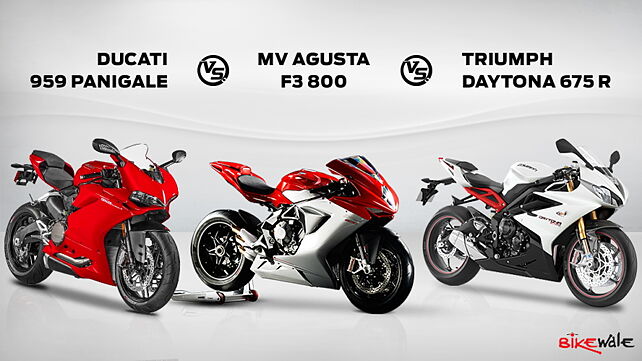
Introduction:
Middleweight plus is a relatively new segment in the two-wheeler world. These bikes target an audience looking for a versatile streetbike which strikes a balance between 1000cc power and 600cc handling. Of course, drop dead gorgeous looks are equally important. After all who would want to spend this kind of money on a motorcycle which doesn’t turn heads?
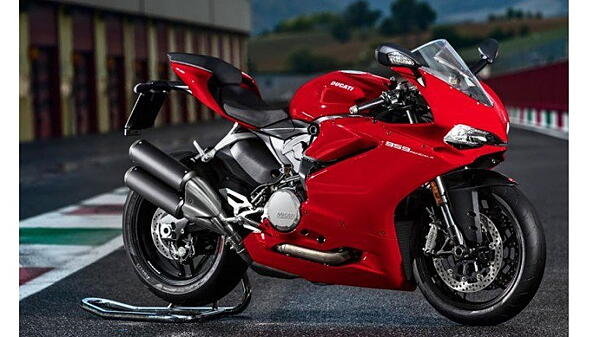
Ducati’s latest supermid, the 959 Panigale is now closer to the 1299 Panigale than it ever was. This affinity isn’t limited to the aesthetics, as the 959 Panigale borrows a significant chunk of the greasy bits and tech wizardry from the flagship superbike. MV Agusta has always taken pride in its Italian heritage and the artistic appeal of its motorcycles, and the F3 800 is no exception. Like the Ducati, the F3 800 looks like a shrunken version of its elder sibling, in this case the MV Agusta F4. Triumph on the other hand, has been a name synonymous with modern classics, cruisers and off late, adventure touring motorcycles. However, this hasn’t stopped the Daytona 675R from being one of the fiercest rivals of the two Italians over here.
So which among these three offer the irresistible package? We decided to put them together for a spec comparison.
Design & Engine:
Cosmetically, the new 959 Panigale might look identical to its predecessor, though the fairing has been redesigned along the lines of the flagship 1299 Panigale. It gets a wider fairing, new windshield, larger air intakes, and an LED lamp setup, all of which mimic the 1299 Panigale. The MV Agusta F3 800 draws inspiration from the Tamburini designed F4, though it does get its own individual character and design elements. The Triumph Daytona 675R’s design on the other hand seems to be driven by function rather than form.
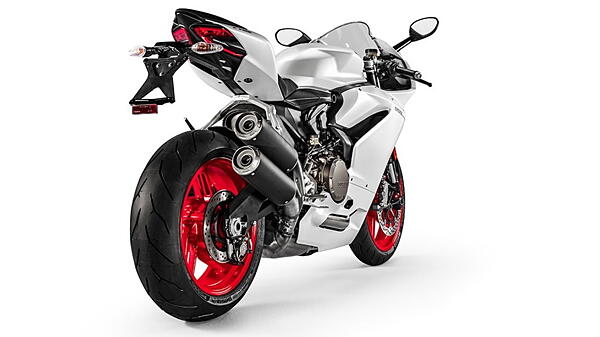
The 959 Panigale is built on a monocoque frame, which has the engine as a structural element. At the core of this chassis is a liquid-cooled L-twin Superquadro engine displacing 955cc and producing 157bhp and 107Nm of torque. As with all Ducatis, the 959 Panigale uses the desmodromic distribution system, a technology derived from the Ducati Corse Superbikes and the MotoGP Desmosedici bikes. This system optimises engine power through the rev range while at the same time improving fuel efficiency.
In terms of the powertrain, the F3 800 and Daytona 675R share a similar configuration. Both the motorcycles are powered by an inline-three engine mated to a six-speed transmission. The similarities end here. The Daytona 675R’s engine displaces 675cc, delivering 117bhp and 70Nm of torque. The short stroke and wider bore dimensions are aimed at improving the useable power and acceleration while the twin injectors per cylinder draw in more fuel to offer a more aggressive power delivery.
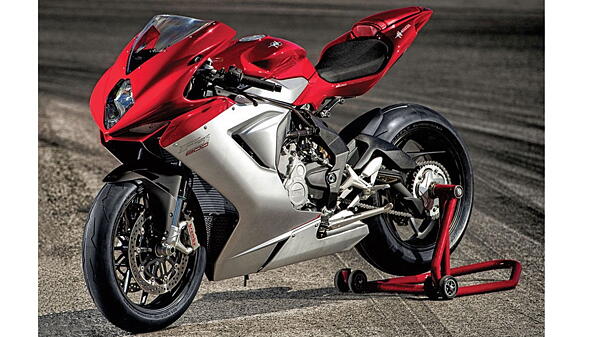
The MV Agusta F3 800’s engine displaces 798cc, delivering 146bhp and 88Nm of torque. The extremely light and compact engine gets a double overhead cam timing system with four titanium valves per cylinder and counter-rotating crankshaft, enhancing engine balance and refining the power delivery. Even the F3 800 gets twin fuel injectors for each cylinder, which offers the aggressive power delivery entailed by middleweight plus bikes.
Electronics & Cycle Parts:
Keeping in mind the increased power and the ferocity of the 959 Panigale, Ducati has endowed the motorcycle with a slew of new age electronics and rider aids. For starters, it comes with Ducati Traction Control (DTC) borrowed from the racing division’s MotoGP and World Superbike motorcycles. The DTC offers a choice of eight settings developed to suit an array of environmental conditions. It also comes with an electronic quick shifter and engine brake control. The ride-by-wire system allows the 959 Panigale to be ridden in three different riding modes, with pre-programmed levels of ABS, DTC, EBC and power modes – race, sport and wet. The front end of the 959 Panigale rides on fully adjustable Showa 43mm inverted forks while the rear gets a Sachs gas-charged monoshock with spring preload, compression and rebound damping adjustment. Stopping power is provided by dual 320mm discs upfront and a single 245mm disc in the rear, with Brembo monobloc callipers. ABS is offered as standard.

The MV Agusta F3 800 comes with one of the most sophisticated electronics packages that you will ever come across on a motorcycle. Christened Motor and Vehicle Integrated Control System (MVICS), this system integrates engine maps, traction control, vehicle lean sensors and traction and engine control systems under a single platform to unlock the full potential of the bike. The MVICS provides a multi-map approach, with three pre-sets and a user-customisable fourth to suits individual tastes. Other components include fully-adjustable Marzocchi 43mm front forks and Sachs rear monoshock. Brakes are Brembo monoblock radial callipers with 320mm dual front discs and a single 220mm rear disc. ABS is standard.
In terms of rider aids, the Daytona 675R shows its age. There isn’t much to brag about, except for a switchable Nissin ABS system and a quickshifter. The ABS offers three settings - on, off and circuit, with the latter deactivating ABS on the rear wheel to allow drifting and lifting. The lack of rider aids and electronics might dishearten novices from opting for the Daytona 675R. It rides on adjustable Ohlins NIX30 forks and an Ohlins TTX 'twin tube' rear monoshock. The high levels of adjustability of spring preload, ride height and rebound and compression damping make it ideal for track as well as road use. Stopping power is provided courtesy twin 310mm front floating discs and a single 220mm rear disc with Brembo monoblock callipers.
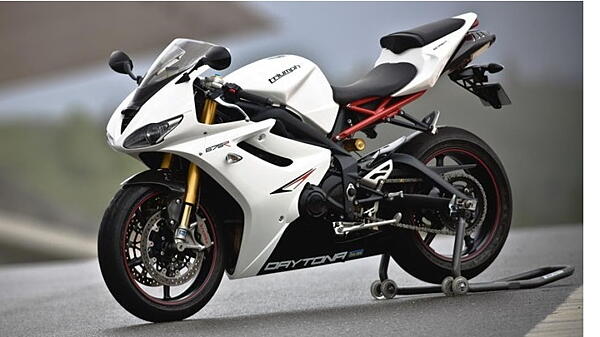
Price:
The Triumph Daytona 675R is the most affordable among the three, retailing at Rs 12.73 lakh (ex-showroom, Mumbai). However, it is also the least powerful and least sophisticated motorcycle here. The MV Agusta F3 800 on the other hand, is the most expensive of this lot. With a price tag of Rs 16.78 lakh (ex-showroom, Mumbai), the MV Agusta demands a premium for its exotic appeal, exclusivity and the company’s rich heritage. The Ducati 959 Panigale, despite being bigger in capacity and a more modern motorcycle, retails at a relatively lower sticker price of Rs 14.37 lakh (ex-showroom, Mumbai). This is down to the Indo-Thailand free trade agreement, which places CBUs imported from Thailand in a lower tax bracket. Undoubtedly, the 959 Panigale offers a really good bang for the buck.


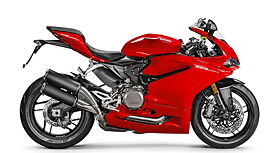
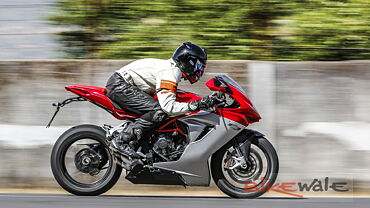
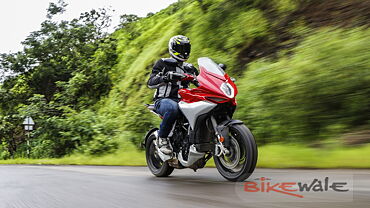
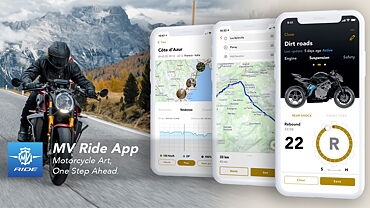
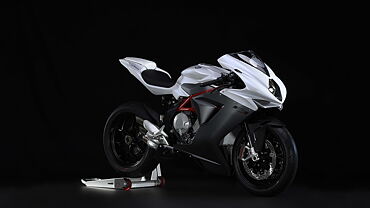
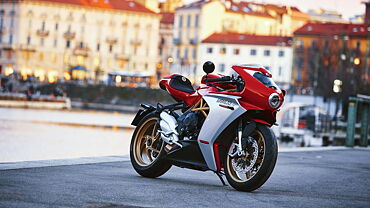

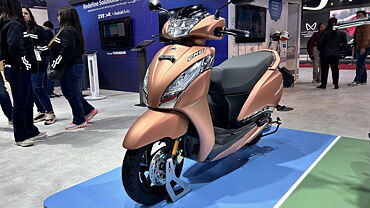
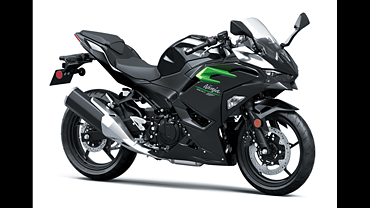
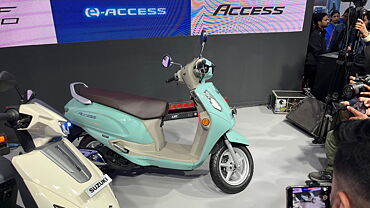
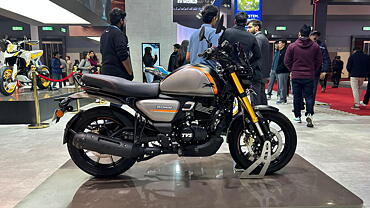
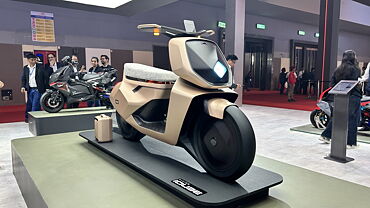
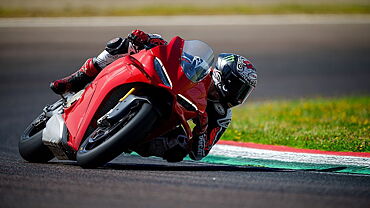
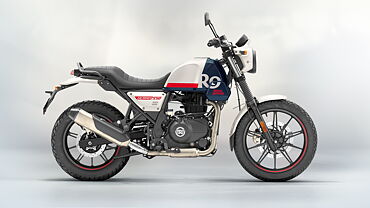
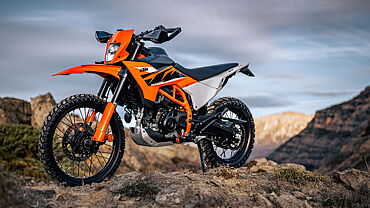







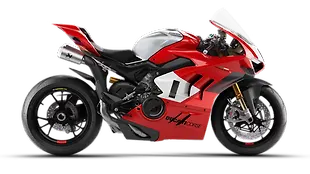
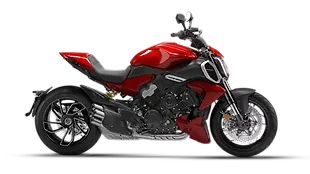





![KTM 390 Adventure X [2025] KTM 390 Adventure X [2025]](https://imgd.aeplcdn.com/272x153/n/cw/ec/190885/390-adventure-x-2025-right-side-view.jpeg?isig=0&q=80)